- <i>Itron Varia Garmez</i> (<i>Notre-Dame bigouden</i> or Notre-Dame des Carmes from Pont-L'Abbé's church name) a novel by Youenn Drezen. Éd. Skrid ha Skeudenn. Pont-L'Abbé ; 1941. Cover and inside designs by <b>R.-Y. Creston</b> (carved woods).
- Book of the exhibition held in Brittany <i>Ar Seiz Breur</i> edited in 2000. 272 p.
- <i>Ar Seiz Breur. Researches and realisations for a Breton modern art. 1923-1947</i> by J.-R. Rotté. Éd. Breizh Hor Bro. Elven. The best about <i>Seiz Breur</i>. Numerous illustrations.
- One of the few availiable photos of René-Yves Creston.
- Piece of furniture designed in the 20s by Jeanne Malivel and <b>René-Yves Creston</b>. (Photo Paul Barlow ; Wikimedia Commons).
- A carved wood by <b>R.-Y. Creston.
Reun Kreston 1898-I964. René-Yves Creston, the Breton artist and cultural ethnologist, was born on October 25th 1898 in Saint-Nazaire. He spent all his young years in an atmosphere where the sea breeze carried the workmen's cultural preoccupations and the sounds from the nearby shipyards. Creston was a strong personality. He is to be placed at the very heart of the artistic movement of the Seiz Breur
.
Reun Kreston 1898-I964
René-Yves Creston, the artist and cultural ethnologist, was born on October 25th 1898 in Saint-Nazaire, rue de la Paix. He spent all his young years just near this place, 8 rue des Caboteurs, in an atmosphere where the sea breeze carried the workmen\'s cultural preoccupations and the sounds from the nearby shipyards.
A great Nazarian that we can rediscover through numerous exhibitions and publications
The Ecomusée of Saint-Nazaire paid him a significant tribute last summer through a very remarkable exhibition of his works referring to the building of the Normandie. On the other hand, the Musée Bigouden, in Pont l\'Abbé (Finistère), exhibited in the spring of 2003, a selection of 200 works of the co-founder and spirit of the Seiz Breur. The gigantic book published in 2000 for the great exhibition Ar Seiz Breur- la Création bretonne entre tradition et modernité places René-Yves Creston at the very heart of this artistic movement. In Bourg-de-Batz, not far from Saint-Nazaire, the “Musée des Marais Salants” (Salt Marshes Museum), under the direction of its Curator Gildas Buron, has been studying René-Yves Creston's work for years and realised a splendid exhibition in 2005 about his relations to nearby Salt Marshes.
From international renown to Nazarian recognition
He, whose talent celebrated Brittany, and especially Saint-Nazaire, the pays de Guérande and his dear marshes of Brière, through multiform artistic achievements during all his life as a cultural anthropologist, does deserve real homage from his home town to the extent of his talent, with consideration of the reputation he has acquired with so many specialists of the history of European artistic movements of the Xxth century, from Glasgow to Barcelone.
Ar Seiz Breur, or arts for the internationalising and modernizing of Brittany
Ar Seiz Breur, (The seven Brothers) the movement that Creston inspired from 1923 to 1946, was part of the large movement of national emancipation of the minor European countries that found its expression through art, from Finland to Catalonia, not forgetting Baltic Countries. In 1937, René-Yves Creston was one of the main springs of the “Pavillon de la Bretagne” in the “Exposition Universelle de Paris\". And that brought international recognition to Breton creations and their originality.
Ar Seiz Breur and the new Breton architecture
The Seiz Breurhave also deeply influenced the renewal of Breton architecture between the two world wars. They took their inspiration, in particular, from the principles of a master of American architecture, Frank Lloyd Wright. Those principles included decoration, graphic arts, town-planning, as well as research on high buildings and private houses. The capital idea of the Chicago master was the approach of both Celtic culture, in which he was merged during his Welsh childhood, and Japanese civilisation that marked C.R. McIntosh too – he who was the father of designing and founder of the famous Glasgow School. One of the close members to the Seiz Breur, André Batillat (1901-1965) applied the principles to his research for a new Breton architecture. This other great Nazarian figure passed away one year after his old mate, Reun Kreston – as the latter loved to sign a lot of his works, to vindicate his being a militant for re-appropriating the Breton language, still quite alive in the sea-port during the twenties.
Charcot and the Pourquoi pas ? Creston\'s vocation for sailing and his love for sea-faring people
It seems that this was, although not straightforward, an acknowledgement of R.Y. Creston\'s vocation but a direct tribute to Commandant Charcot and his glorious boat, when, in 2004 Chantiers de l\'Atlantique launched a new “Pourquoi pas ?” a technologically advanced vessel for IFREMER, the great maritime research institute, mostly located in Brittany. René-Yves Creston, who was a seaman to the back bone, accompanied Charcot all through his campaign to Greenland in 1933, as the appointed artist of the expedition. After this polar expedition, he became in 1936 “peintre de la Marine”. Among all his activities connected with the sea, he supervised the Arctic Department of the Musée de l\'Homme in Paris and published in 1955 his Manuel de l\'ethnographie maritime which is still the standard work on the question.
Breton faith and anti-nazi resistance
Creston was a strong personality and embarked straight away in Resistance as soon as August 1940, through the famous Réseau du Musée de l\'Homme. He organized a group collecting information and maps of Saint-Nazaire that were quite useful for the planning of “Operation Chariot”. Let\'s recall that this incredibly daring British raid (March 28th 1942) was of considerable importance for the “Bataille de l\'Atlantique”, as well as for the spirit of the populations under the nazi yoke. The Vichy authorities took back Creston\'s title of “peintre de la Marine” for his « lack of loyalty » to the collaborationist regime.
Life and works equally important for a cause
To his last breath, armed with his convictions, his pencils and brushes, he led a determined fight so that Brittany and the spirit of her people should not disappear from maps or school books. As it was beautifully summed up in the magazine Chasse-Marée, in one of the articles about Creston in 1995 : « He fought against oblivion with the supreme elegance of those who are capable of stepping aside to make way for their subject ».
Hubert Chémereau
Sant-Nazer , Brittany, 2008-10-24
Center for Researsh and Promotion of Breton Identity (CREDIB)
10 rue A. Briand
44600 Sant-Nazer / Saint-Nazaire
Brittany
Translation from French : Yvette Daniel.
http://credibsantnazer.hautetfort.com/ of the Credib.
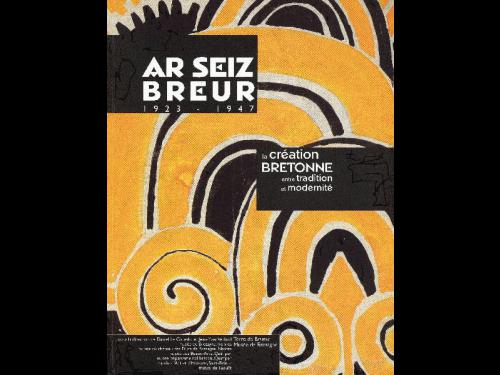
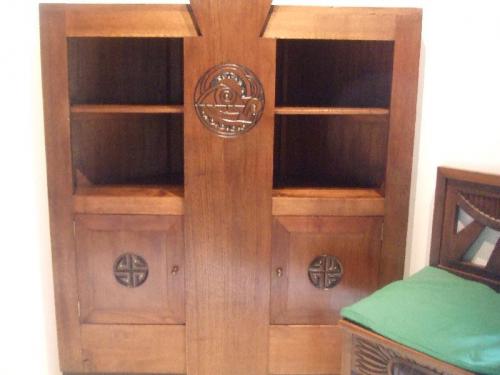

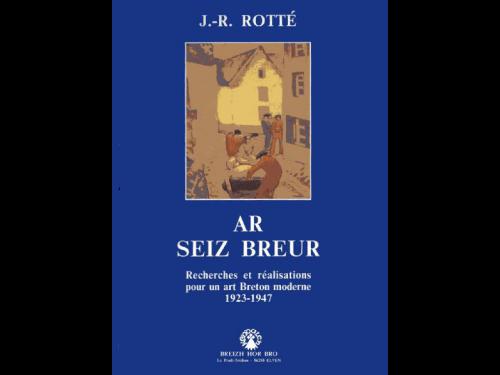


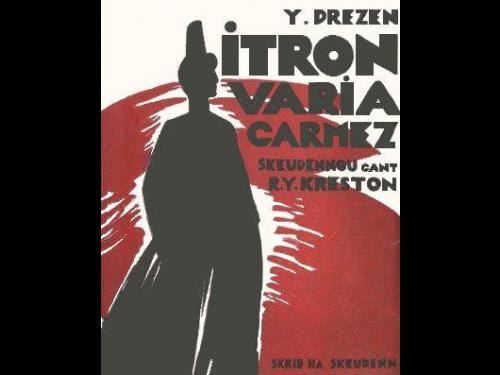

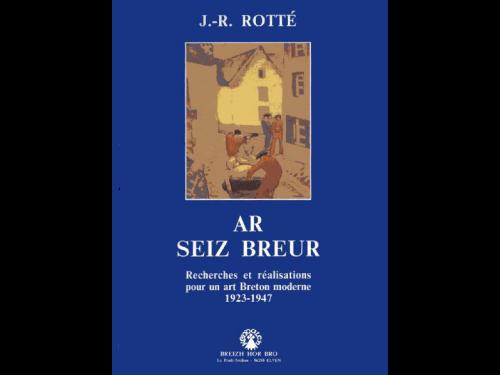
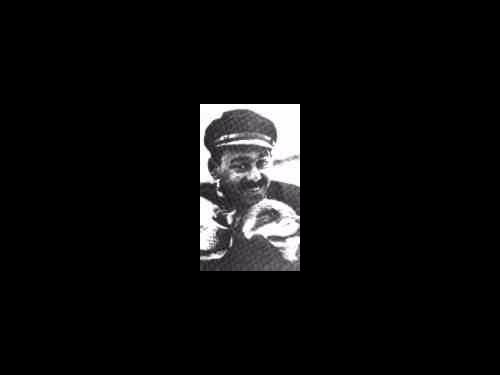
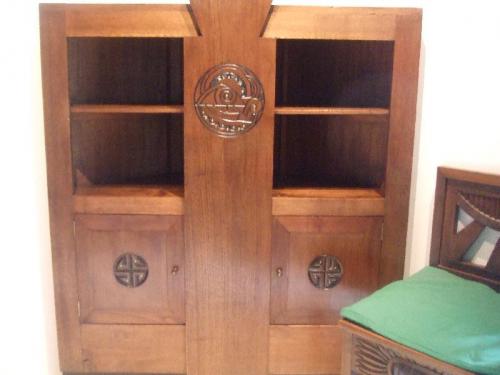


Commentaires (0)
Aucun commentaire pour le moment. Soyez le premier à réagir !